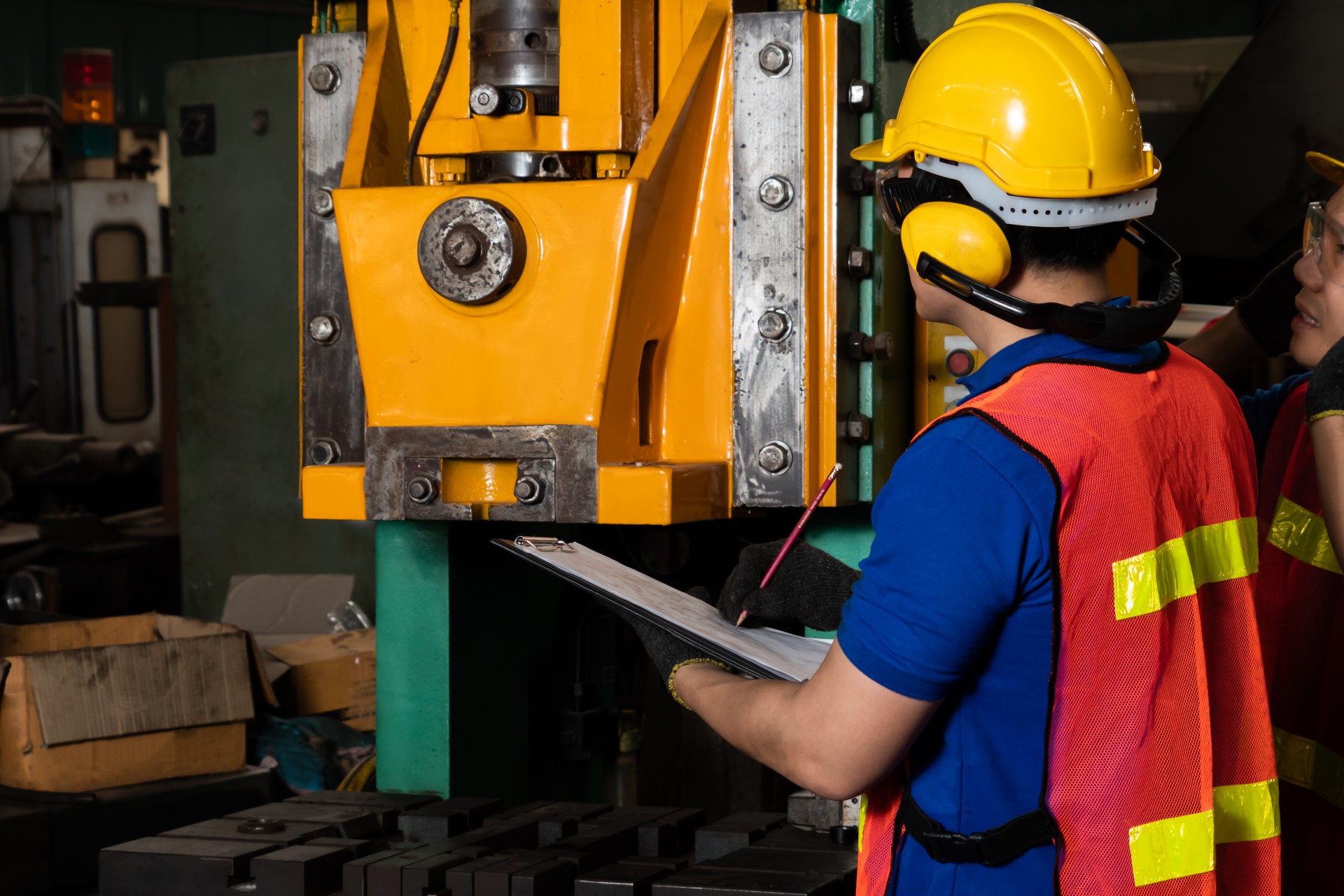
機械学習アルゴリズムの機能を理解することで、エンジニアはアプリケーションに効果的なソフト センサーを生成できます。

これは、ソフト センサーを作成する最も便利で簡単な方法の 1 つです。ただし、ポリマーの粘度の測定など、一部の手順は線形回帰するには複雑すぎます。このアルゴリズムは、ターゲット変数の値を予測する関数を生成します。これは、1 つ以上の変数のセットの線形結合である関数です。 1 つの変数が使用される場合、それは一変量線形回帰と呼ばれます。複数の変数があるため、多重線形回帰という名前が付けられます。このモデルを使用する利点は、その明瞭さです。どの変数が目標に最も大きな影響を与えるかを判断するのは簡単です。これを特徴量の重要性と呼びます。
デシジョン ツリー理論的には、デシジョン ツリーには、データに適合するために必要な数のルールと分岐を含めることができます。これらのルールは、特徴セットと呼ばれる独立変数から使用されます。結果は、ターゲット値の区分的定数推定です。多くのルールと分岐を持つことができるため、非常に柔軟になります。
一方で、データを過剰適合させるリスクもあります。モデルのトレーニングが長時間すぎると、過学習が発生します。これにより、モデルはデータセット内のノイズに適応し始め、通常どおりに扱い始めることができます。データの過小適合も発生する可能性があります。この場合、アルゴリズムのトレーニング期間が十分ではなかったため、独立変数がターゲット変数にどのように関係するか、または独立変数がターゲット変数にどのような影響を与えるかを判断するのに十分なデータがありませんでした。
Both overfitting and underfitting data will cause the model to fail. The model can no longer handle new data, nor can it be used with soft sensors. The concept of overfitting and underfitting data is not unique to decision tree models.
This is essentially a combination of multiple decision tree models in one model. It provides more flexibility, allows for more features, and gives greater predictive power. However, it also carries a high risk of overfitting the data.
In machine learning, gradient boosting is often called an ensemble model. Like Random Forest, Gradient Boosting combines multiple decision trees. But what makes it different is that it optimizes each tree to minimize the last calculated loss function. These models can be very effective, but over time they become more difficult to interpret.
The so-called deep learning is the concept of a neural network regression model. This model accepts input variables and, when applied to a regression problem, produces a value for the target variable. The most basic neural network is the multilayer perceptron. In these models, only a single arrangement of neurons is used. More commonly, a neural network will have an input layer, one or more hidden layers (each with many neurons), and an output layer to obtain values.
The weighted input values within each neuron in the hidden layer are summed and passed through an activation function (such as the Sigmoid function). This function makes the model nonlinear. Once the function passes through the model, it reaches the output layer, which contains a single neuron. When training a model, determine the weights and biases that best fit the features and target values.
For those new to collaborative design, a common misconception is that there is one right model that will fit all specific needs. But in fact, it's not. Choosing one model over another is a complex decision based in part on the experience of the data scientist.
Also, these supervised regression models will not produce the same results every time. Therefore, there is no "best" model, but some models may be more suitable for certain situations.
Collaboration between data scientists and operations experts in any machine learning exercise begins with a mutual understanding of the parameters involved, target usage, development and deployment methods.
The above is the detailed content of How to design soft sensors through machine learning algorithms?. For more information, please follow other related articles on the PHP Chinese website!
 Page replacement algorithm
Page replacement algorithm Commonly used permutation and combination formulas
Commonly used permutation and combination formulas Introduction to the meaning of javascript
Introduction to the meaning of javascript update statement usage
update statement usage What are the production methods of html5 animation production?
What are the production methods of html5 animation production? python packaged into executable file
python packaged into executable file Cryptocurrency trading platform rankings
Cryptocurrency trading platform rankings How to set automatic line wrapping in word
How to set automatic line wrapping in word



